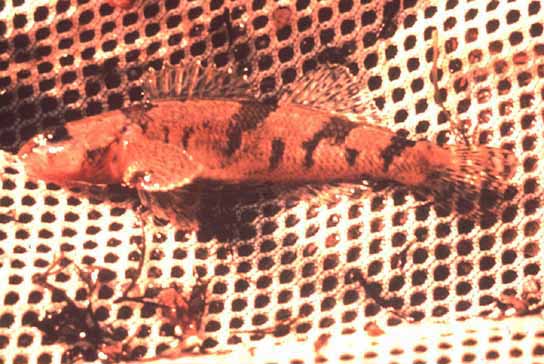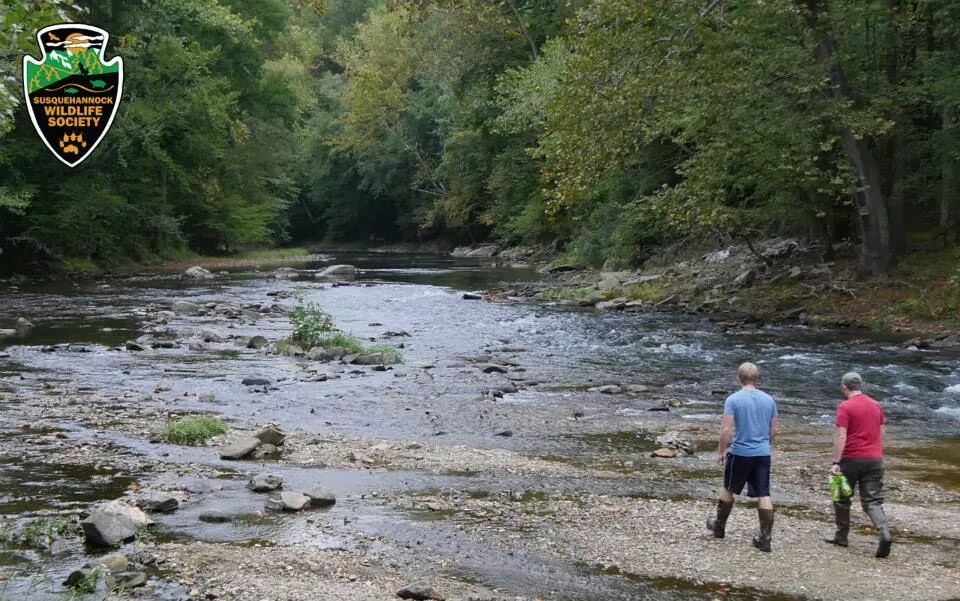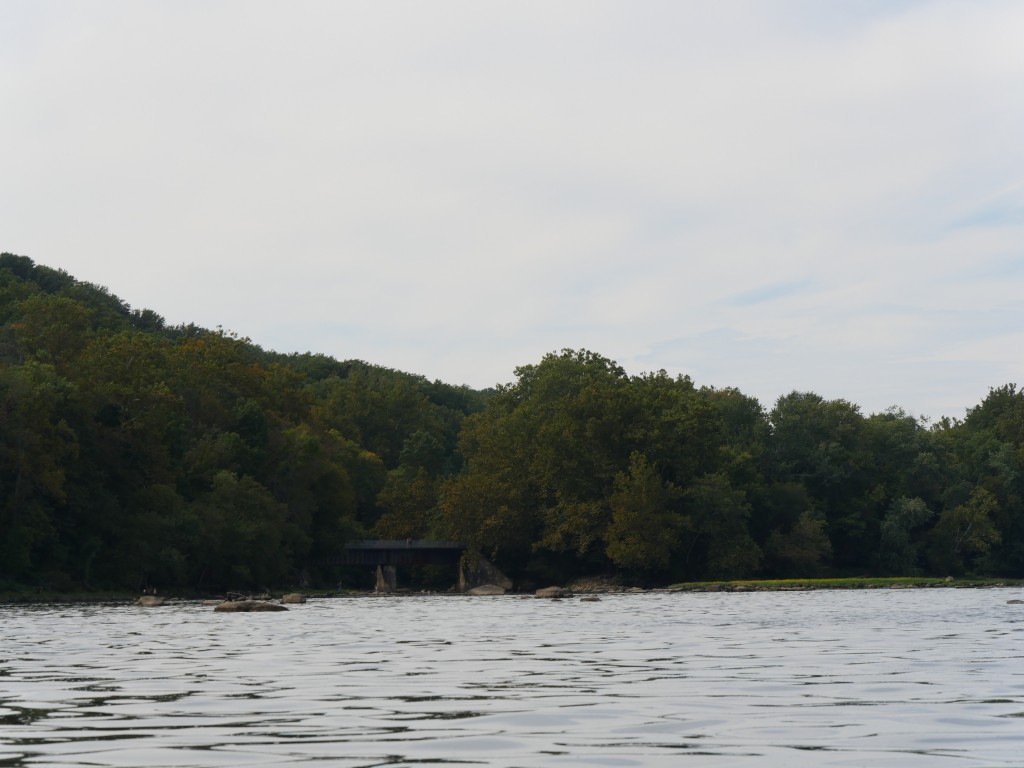Illustration by Dr. John Neely
The rarest freshwater fish in the world is from right here in Maryland! In fact, Maryland is the only state in which it is known to occur and within the state it has only been found in Harford County. The Maryland Darter was first discovered in the summer of 1912 by two biologists collecting fish in Swan Creek. They gave it its name, the Maryland Darter, Etheostoma sellare, and published its description in a scientific journal in 1913. It wasn’t until 1962 that the fish was identified again, this time by a group of graduate students who found an adult female in Gashey’s Run, a tributary of Swan Creek. After more searching, a healthy population containing seventy individuals was found in Deer Creek in 1965. Since then, all sightings have been confined to just a single riffle in Deer Creek. The last time the Maryland Darter was reportedly seen was in 1988.
Photo by Jim Williams/U. S. Fish and Wildlife Service
The Maryland Darter is so rare that the IUCN Red List has classified the species as extinct. The Maryland Department of Natural Resource’s report titled “Rare, Threatened, and Endangered Animals of Maryland” lists the Maryland Darter as endangered with a state rank of “SH” indicating that it has historically been found in Maryland, but has not been verified for an extended period with the expectation that it may be rediscovered. The U.S. Fish and Wildlife Service also listed the species as endangered. The U.S. FWS claim that due to difficulty of detection, and despite infrequent observations since its initial discovery in 1912, there is not sufficient evidence to declare the species extinct.
But why is the Maryland Darter so rare? It has specialized habitat requirements. It requires highly oxygenated, swiftly flowing portions of streams where rocky riffles occur. The substrate of its habitat ranges from rubble to gravel with an abundance of rooted aquatic plants. The Maryland Darter may once have been more common to streams that flow into the Chesapeake Bay from the Western Shore. However, as cities and towns grew and land was cleared for agriculture, water quality degraded from runoff carrying sediment, nutrients, and chemicals from these metropolitan and agricultural areas, creating a degraded habitat for the species.
The Maryland Darter is known as an “indicator organism”, which means that its presence or absence indicates the relative health of a natural ecosystem. The population that has existed in Deer Creek has been subject to all changes occurring in the entire watershed. It is believed to be a survivor from a more pristine Maryland before human activity and influence became prominent enough to change the nature of the land. Some biologists believe that the fish could still be surviving in the murky waters of the Susquehanna River, while others are more uncertain due to decreased habitat quality of the species. But biologists agree that a great deal of uncertainty still exists over the Maryland Darter’s status and they continue studies in the Susquehanna tributaries.
Do you think the Maryland Darter is still surviving in our streams?





